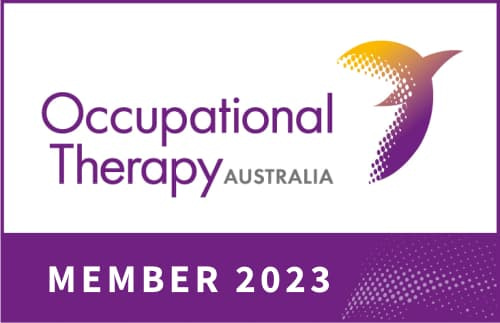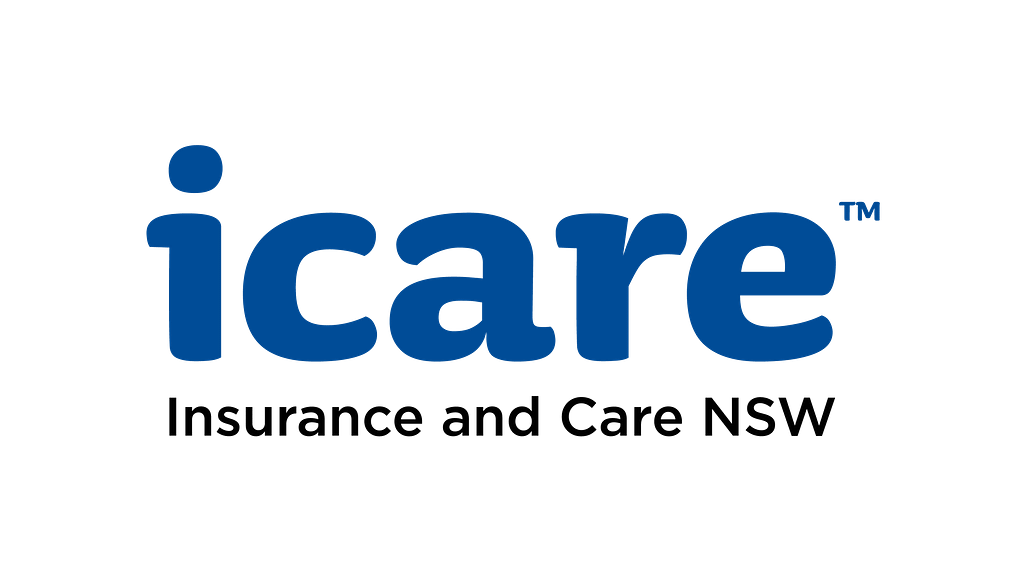We work with people who are in wheelchairs all day, every day, besides when they go to bed and then they’re on their back all night, every night. Could you be at risk of a pressure injury?
When we see people who are seated all day or lying in bed all day, people become at risk of getting a pressure injury. And in the olden days, they might’ve called them bed sores or pressure sores or ulcers, and other things like that. And you can imagine over your bony areas, so over your hips, over your bottom, your elbows, different places where you might lean on and sit for a long period of time. They’re the areas that you become more vulnerable to decreasing the blood flow, decreasing the oxygen to those areas. And that’s when your skin can start breaking down.
There’s different grades and levels of pressure injuries, but my focus today is just to say, are you at risk of getting a pressure injury? Are you sitting too long and getting a sore bottom? Are you getting a sore tailbone? Do you feel a bit sore down there? They’re the kind of signs that you might be experiencing and going, “Actually, maybe I am at risk of skin breakdown that can come from being immobile.”
So some of the best things you can do if you’re able is to move, move, move. So just keep moving. And if you’re able to, maybe that’s getting up every ad break and walking around the room. If you’re watching Netflix, getting up between the shows that you’re watching. Just keeping moving is one of the best ways of getting your oxygen circulating around the body, helping your body heal and to get off those bony areas that could place you at risk of pressure injury.
For people who are in wheelchairs, that’s not such an easy thing to do. But there are things you could do, like weight shifting, leaning forward, leaning to the side, using your features on your wheelchair to tilt in space so that you can take the pressure off your bony parts and put it onto large areas. We want to spread the load, like onto our thighs and onto our back and different strategies like that.
If you are at risk of pressure injuries, or if you’ve had one before, you’ve become more vulnerable to pressure injuries, feel free to give us a call. Call your Occupational Therapist, get us involved, and we’ll do what we can to help reduce your risk of pressure injury, keep you moving, get great pressure relieving equipment around you so that you reduce your risk of those skin breakdowns. Because prevention is always better than the cure. So getting in early is the best strategy to make sure that you can reduce your risk of pressure injuries.
Once you have a pressure injury, it’s very important to call in your Nurse, Occupational Therapist, Physiotherapist. Grab the team around you, Dieticians, Speech Pathologist, your Doctor. We all work together to try to help heal up those pressure injuries as quickly as possible, because the faster we get in, the better we’re going to get. It’s going to feel quicker and you’re going to have better outcomes.
So move quickly. If you see any red areas or any skin breakdowns, particularly over your sacrum, so over your butt, or under the hipbones, under your bottom. Get in touch with your health professional, call the community health centre, get someone out to help to have a look at what’s going on for you. Because there’s loads of strategies that we can do to help reduce your risk of pressure injury, heal pressure injuries, and prevent them from coming back.
So get in touch with your health professional today, because this is the kind of thing that it’s great to have a great team on your side to get things solved as quickly as possible.
Home modifications, whether funded by NDIS or other insurance schemes, My Aged Care or self-funded, can help you or your loved one to use the …
No matter what our abilities, we are all human, with needs that are important to us.Sex can mean a lot of things to a lot …
As the world is beginning to open up again after the COVID-19 lockdown, many people in the community are still feeling the effects of isolation. …
Over time I’ve observed a lot of mixed messages regarding timeframes for Complex Home Modifications (CHM) for NDIS participants. Different service providers will suggest different …






Phone: (02) 4081 0817
Address: 262 Main Road Cardiff, NSW 2285
ABN 74 625 158 983 | AHPRA Registration: OCC0001714241
Enter your details to express interest in our AT Framework course for 2024.
"*" indicates required fields
Enter your details to express interest in our Community Fundamentals courses for 2024.
"*" indicates required fields
Fill out the form below and one of our team will call you back within 24 hours.
"*" indicates required fields